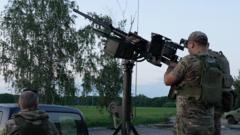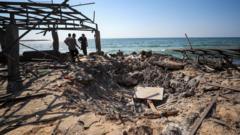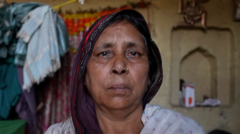As tensions escalated between India and Pakistan, numerous once-reliable news outlets fell prey to spreading unverified claims, highlighting a concerning trend in media practices during wartime reporting.
The Media's Role in Propagating Misinformation During India-Pakistan Conflict

The Media's Role in Propagating Misinformation During India-Pakistan Conflict
Examining the recent surge in unverified news and disinformation amidst a volatile military confrontation.
In recent days, the conflict between India and Pakistan has sparked widespread reporting on military achievements attributed to India, including claims of assaults on Pakistani nuclear sites, the downing of military jets, and attacks on vital ports. However, investigative scrutiny has revealed these narratives to be entirely fabricated.
As misinformation flooded social media platforms throughout the duration of the military confrontation, distilling fact from fiction became increasingly challenging for audiences on both sides of the border. The volume of misleading content ranged from altered videos to AI-manipulated speeches. Alarmingly, some of this disinformation seeped into mainstream media, especially alarming analysts following the evolution of India's historically independent press.
The urgency to report breaking news and a surge of nationalistic fervor transformed newsfeed dynamics in Indian media. Major TV networks, traditionally bastions of credibility, embraced a sensationalist approach during the four-day conflict, reporting dubious information and remarkable stories lacking substantial evidence.
Claims of an Indian Navy attack on Karachi and assertions about radiation fallout from purported strikes on a nuclear facility became focal points of the dialogue; yet, all were discredited upon further investigation.
"Disinformation typically conjures images of anonymous digital sources and bots," remarked Sumitra Badrinathan, an assistant professor at American University and a scholar of misinformation in South Asia. Although social media had previously faced scrutiny for spreading false narratives in India's 2019 altercations with Pakistan, the latest episodes were distinct due to reliable journalists and reputable media channels broadcasting outright fabrications.
"When trustworthy sources turn into vehicles of disinformation, it represents a significant crisis in journalism," said Badrinathan. This phenomenon raises pressing questions about the current state of news reporting and its implications for public perception during critical global conflicts.






















